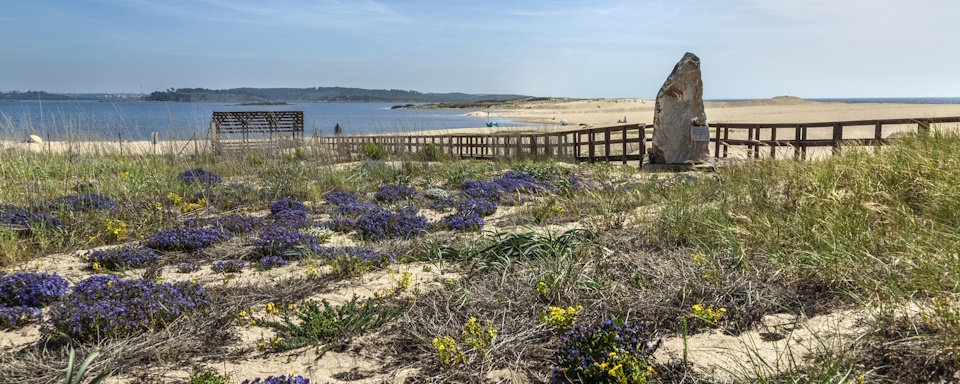30th November - St Andrews Day
Saint Andrew's Day, also known as Andermas and Là Naomh Anndrais is the feast day of Andrew the Apostle and is Scotland's official national day. Saint Andrew's Day marks the beginning of the traditional Advent devotion of the Saint Andrew Christmas Novena.
It is believed Andrew was born between the years 5 AD and 10 AD in Bethsaida, Galilee. Andrew and his brother, Simon Peter, were both fishermen who lived in Galilee. They were fishing in the Sea of Galilee when Jesus called out to them, saying
“Follow me, and I will make you fishers of men”
They went on to become one of the 12 disciples of Jesus Christ.
Andrew was baptised by John the Baptist and was the first disciple of Jesus. In the Greek Orthodox tradition he is known as "Prōtoklētos" (Πρωτόκλητος) - literally "the first-called".
St Andrew was crucified on 30 November 60AD, by order of the Roman governor Aegeas. He was tied to an X-shaped cross in Greece, and this is represented by the white cross on the Scottish flag, the Saltire, since at least 1385.
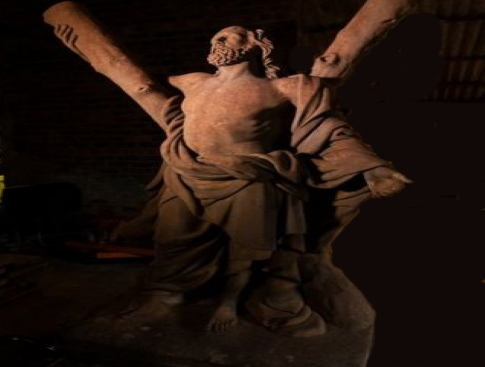 | 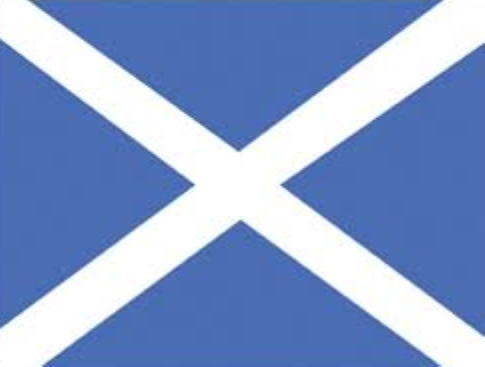 |
St Andrew never actually stepped foot in Scotland, so how did he become the patron saint of Scotland?
One story says that in the 9th Century, King Óengus in Scotland was preparing for a battle against the the Angles, a Germanic people that invaded Britain.
St Andrew appeared to King Óengus in a dream promising him victory. On the day of the battle, white clouds formed an X in the sky. The clouds were thought to represent the X-shaped cross where St. Andrew was crucified. The troops were inspired by the apparent divine intervention, and they were victorious despite overwhelming odds.
True to his word, as the legend goes, Óengus named St. Andrew the
patron saint of Scotland, and St. Andrew’s Day marked Scotland’s victory
and new nationhood.
Scotland’s flag, a white cross over a blue
background, is also likely the result of this legend and has been named
St. Andrew’s Cross.
He was designated patron saint at the signing of the Declaration of Arbroath in 1320. St Andrew is also is the patron saint of Cyprus, Greece, Romania, Russia, Ukraine, the Ecumenical Patriarch of Constantinople, San Andres Island (Colombia), Saint Andrew (Barbados) and Tenerife.
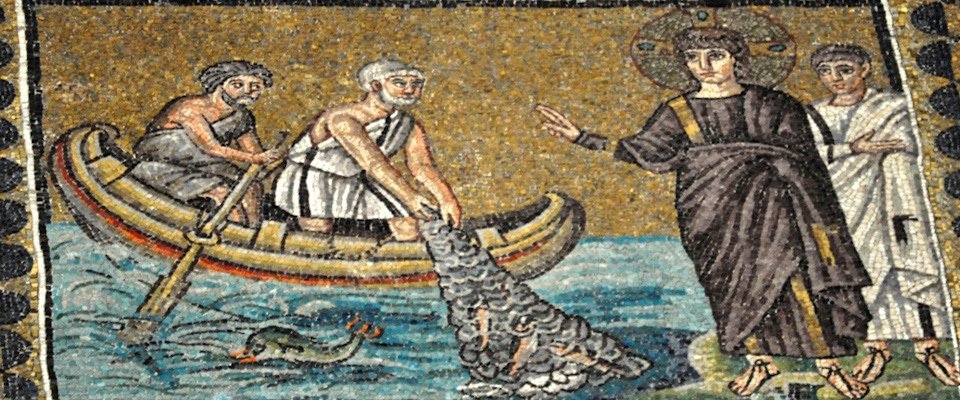
St Andrew is the patron saint of singers, spinsters, maidens, fishmongers, fishermen, women wanting to be mothers, gout and sore throats.
He is also the patron saint of the Order of the Thistle, one of the highest ranks of chivalry in the world, second only to the Order of the Garter.
Mythology claims that it goes back further than that and says that
Scottish people are descended from an ancient population called the
Scythians, who lived on the Black Sea (this is now Romania and
Bulgaria), who St Andrew converted to Christianity.
Scots and others celebrate St. Andrew’s Day with Scottish food, music, recitations, dancing, which might include a ceilidh. Coming from the Gaelic word meaning “to party” or “to visit,” this is a traditional Scottish country dance that’s all about fun.
Traditional food is a big part of the celebration. Dishes served might include:
Cullen skink - a creamy fish soup made of smoked haddock, potatoes,
and onions.
Lamb - served in a variety of forms, such as meatballs or soup.
Haggis - a savory pudding steamed in a casing and made from sheep’s lung, onion, oatmeal, and other ingredients.
Neeps and tatties - yellow turnips and potatoes that have been boiled and mashed.
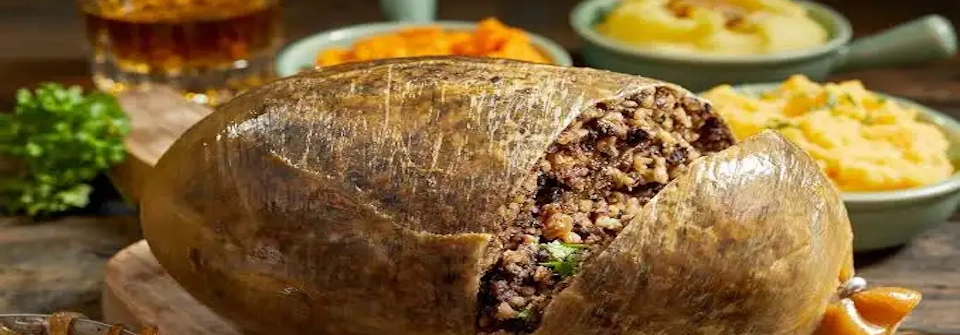
Scotland
It was thought that the ritual slaughter of animals associated with Samhain was moved to this date so as to assure enough animals were kept alive for winter. In 2006, the Scottish Parliament passed the St. Andrew's Day Bank Holiday (Scotland) Act 2007, which designated the Day as an official bank holiday. If 30 November falls on a weekend, the next Monday is a bank holiday instead.
Saint Andrew's Day is an official flag day in Scotland. The Scottish Government's flag-flying regulations state that the Flag of Scotland shall fly on all its buildings with a flagpole.
Barbados Saint Andrew's Day is celebrated as the national day of Independence in Barbados. Barbadian Coat of Arms | 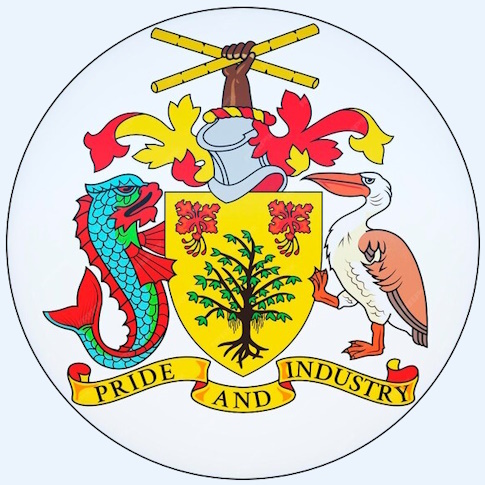 |
Romania
Saint Andrew's Day has been a national holiday in Romania since 2015. It has a few pre-Christian traditions, some of them having their origin in the Roman celebrations of the god Saturn, most famously the Saturnalia.
The Dacian New Year took place from 14 November until 7 December; this was considered the interval when time began its course.
Early on Saint Andrew's day, mothers go into the garden and gather tree branches, especially from apple, pear and cherry trees, and also rosebush branches. They make a bunch of branches for each family member. The one whose bunch blooms by New Year's Day will be lucky and healthy the next year.
The best known tradition connected to this night concerns matrimony and dreams. Single girls must put under their pillow a sprig or branch of sweet basil. If someone takes the plants in their dreams, that means the girl will marry soon.
They can also plant wheat in a dish and water it until New Year's Day. The nicer the wheat looks that day, the better the year to come
Wolf tradition -
One of the elements of these pre christian celebrations concerned wolves. During this night, wolves are allowed to eat all the animals they want. It is said that they can speak, too, but anyone who hears them will soon die.
Poland
In Poland, the holiday Andrzejki is celebrated on the night of the 29th through 30 November. Traditionally, the holiday was only observed by young single girls, though today both young men and women join the party to see their futures. The main ceremony involved pouring hot candle wax through the hole in a key into cold water.
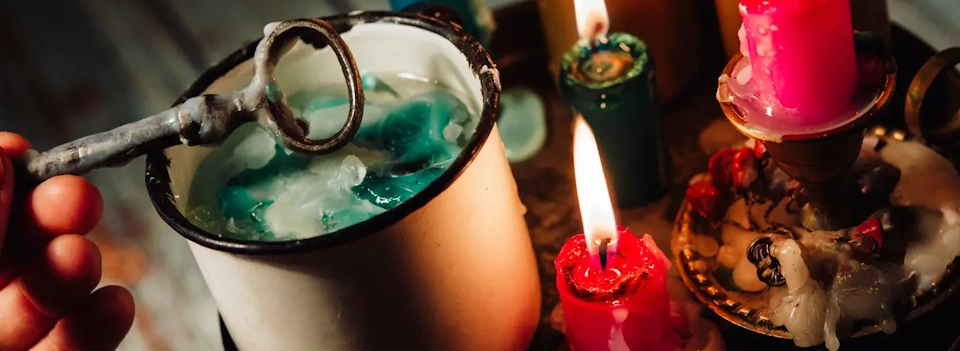
In parts of Ukraine, Germany, Austria, Slovakia, Poland, Russia and Romania, a superstitious belief exists that the night before Saint Andrew's Day is especially suitable for magic that reveals a young woman's future husband or that binds a future husband to her. The day was believed to be the start of the most popular time for vampire activity, which would last until Saint George's Eve (22 April).
Purported relics of St Andrew, including a tooth, kneecap, arm and finger bone, meant St Andrew’s became a popular medieval pilgrimage site up until the 16th century - when they were destroyed in the Scottish Reformation. In 1870, the Archbishop of Amalfi sent an apparent piece of the saint's shoulder blade to Scotland, where it has since been stored in St Mary's Cathedral in Edinburgh. His remains were moved 300 years after his death to Constantinople, now Istanbul, by the Emperor Constantine.
Portugal
ln northern Portugal, in Póvoa de Varzim, an ancient fishing town, Cape Santo André (Portuguese for Saint Andrew) is a place that shows
evidence of Romanisation and of probable earlier importance, with hints
of Stone Age paintings. Near the Cape there are small depressions in a
rock, a mystery stone, that the people believe are the footprints of
Saint Andrew.
Saint Andrew's Chapel is of mediaeval origin. It is the burial site of drowned fishermen found at the Cape. Fishermen also requested intervention from the saint for better catches. Single girls wanting to get married threw a little stone to the roof of the chapel, hoping it would lodge. It is associated with white magic up to the present day. It was common to see groups of fishermen, holding lights in their hands, making a pilgrimage to the Cape's chapel along the beach on Saint Andrew's Eve. They believed Saint Andrew fished, from the depths, the souls of the drowned. Those who did not visit Santo André in life would have to make the pilgrimage as a corpse.
